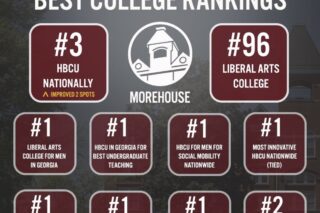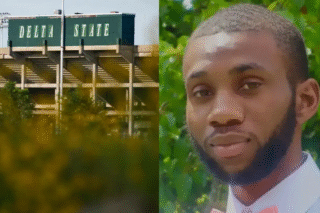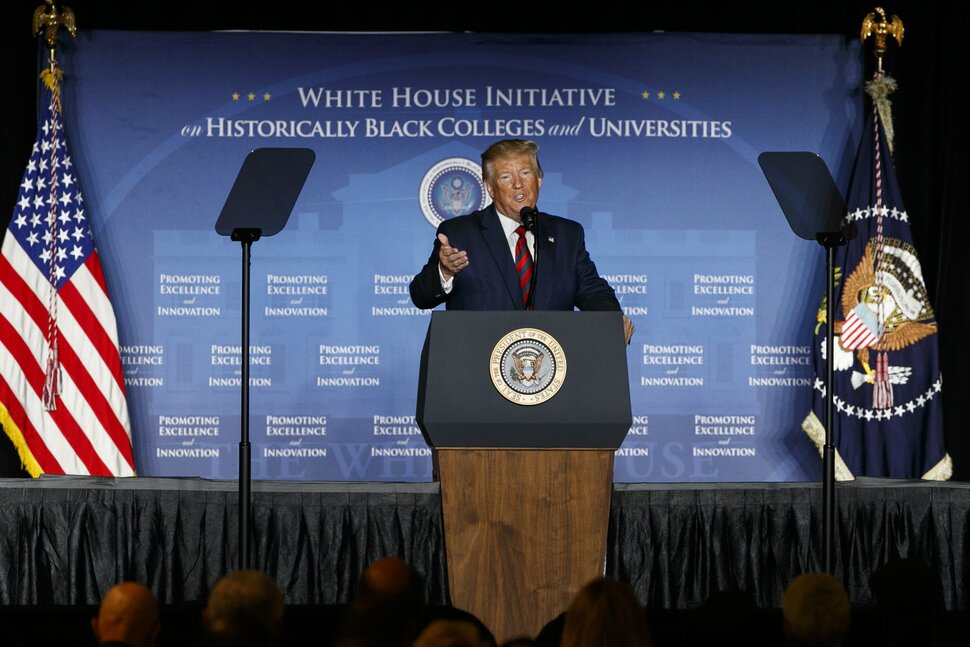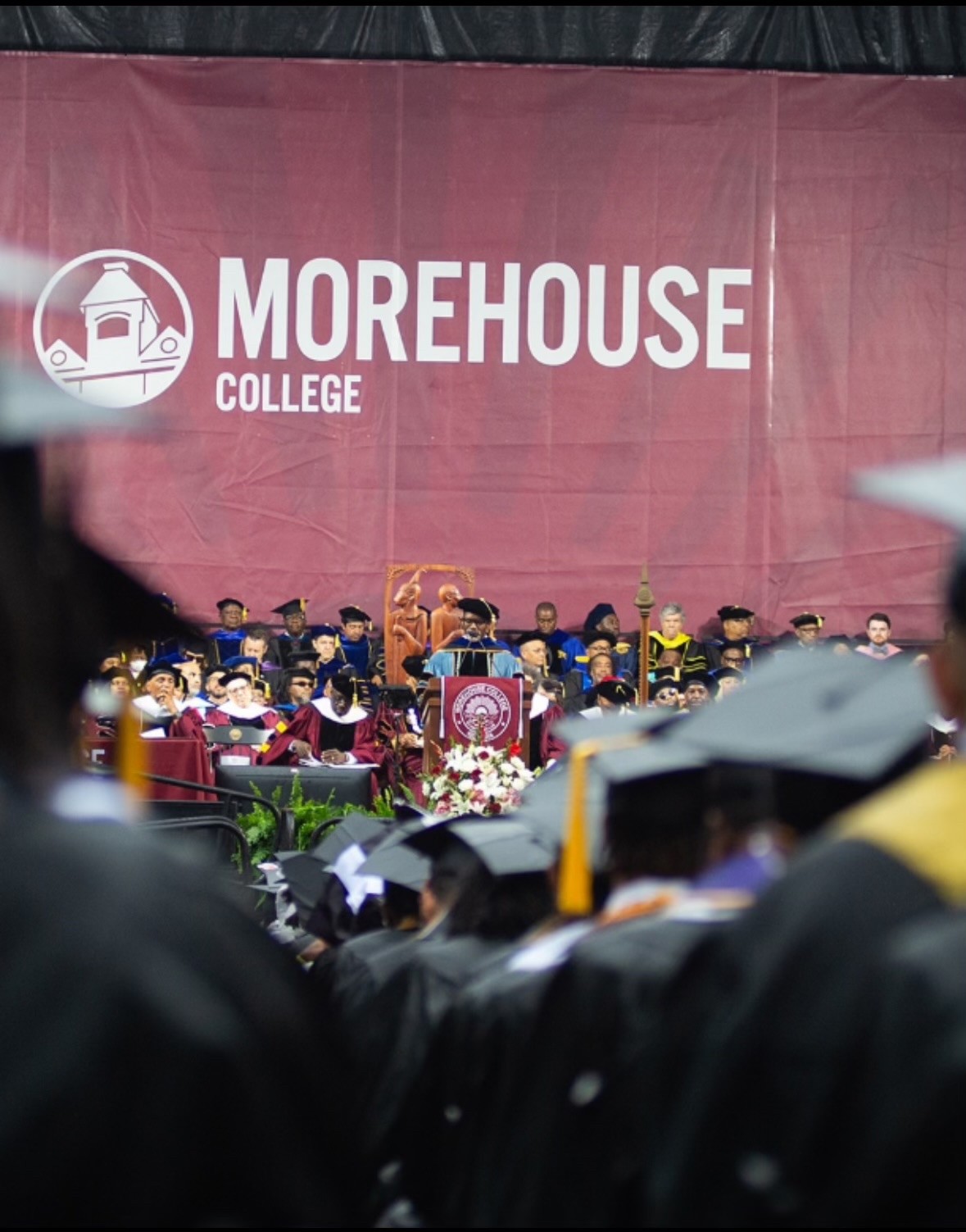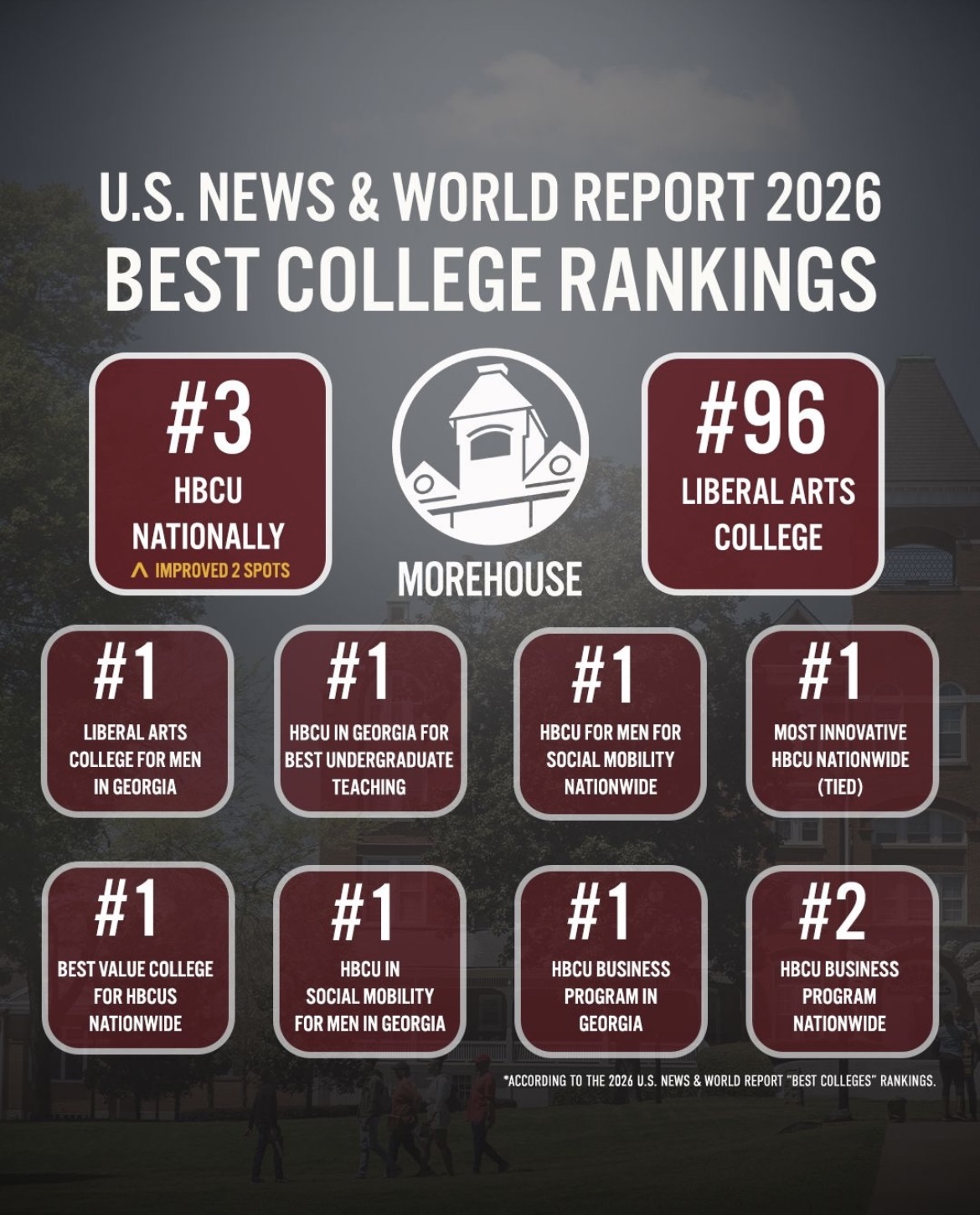Former President Donald Trump recently announced plans to redirect $500 million in federal funding to Historically Black Colleges and Universities (HBCUs), pulling those dollars away from other Minority-Serving Institutions (MSIs), including Hispanic-Serving Institutions (HSIs). On the surface, this might look like a win for HBCUs. But the reality is far more complicated—and dangerous.
This decision risks fueling division between Black and Brown communities, pitting us against one another for resources we all deserve. While HBCUs absolutely need and deserve more investment, it should never come at the expense of HSIs or other MSIs. That framing creates a false choice: either we win, or they lose. And when we accept that, we all lose.
A Setup, Not Support
Jaiden Whitner, an Afro-Latina sophomore studying international relations at Spelman College, called the move what it is: “a setup and manipulation. Instead of actually investing in our communities, the government basically said, ‘Here’s some money, but only if it means taking it away from someone else who also needs it.’ That’s not support, that’s manipulation.”
Her words reflect what many of us feel—this isn’t true investment. It’s a political strategy aimed at courting Black votes while deepening divides.
What’s at Stake for Students
At Morehouse College, Keyshawn Ward, a business management major and political science minor, cautioned against celebrating prematurely. “If you want to truly support HBCUs, you should fully invest and give resources. All schools need more money, HBCU or not.” He added that real uplift requires solidarity: “If we really want to talk about uplifting the Black and Brown community, let’s partner with these schools.”
Keyshawn, who grew up in Oakland, California, also spoke to the consequences of division: “In California, which is mostly Black and Brown, I’ve seen how division plays out. ICE raids affect all of us. But too often, our communities don’t show up for each other like we should. What hurts them hurts us.”
Latina students echoed this concern. Bella Gallegos, a political science and international relations double major at the University of Denver, called the decision “a clear division tactic to pit one group against the other.” She noted that even at a predominantly white institution, Trump’s rollback of DEI programs stripped away cultural spaces that made students of color feel seen.
Her sister, Gabby Gallegos, a freshman at Metropolitan State University of Denver—an HSI—underscored the economic cost: “A lot of students here attend because it’s affordable. Taking away that funding, raising tuition, that makes it harder for us to get an education.”
At Morehouse, sophomore political science major Martin Seals warned of long-term consequences: “In the short term, HBCUs might benefit, while HSIs will definitely suffer. If this continues, HSIs could be wiped out, leaving HBCUs to pick up the slack. That’s not ideal. We need as many institutions as possible educating minorities in this country.”
The Bigger Picture
These voices make one thing clear: this policy is not about justice—it’s about division. It reflects a zero-sum framework where communities of color are forced to compete for crumbs while billions flow elsewhere. As Jaiden put it, “Solidarity is everything. If we let them convince us that your gain has to mean my loss, we’ve already lost.”
Where Do We Go From Here?
If Trump—or any politician—truly cared about HBCUs, HSIs, and MSIs, they wouldn’t reallocate funding from one to another. They would expand funding for all. Students are right: the money should come from bloated budgets like military spending or ICE, not from each other’s futures.
Jaiden was blunt: “I want to see the money come from the right places, like the bloated military budget or the billions spent paying ICE agents ridiculous bonuses for tearing families apart. Don’t tell us there isn’t enough funding when this country pours endless resources into violence.”
That’s why unity matters. As Bella said, “The strongest impact communities of color can make is being together, staying united, and supporting each other through this difficult time.”
We cannot let political strategies convince us otherwise. Black and Brown students have always been stronger together. Today, solidarity isn’t just an ideal—it’s a survival strategy.






